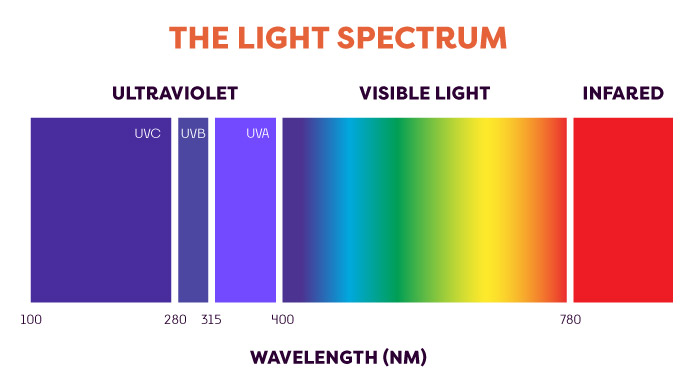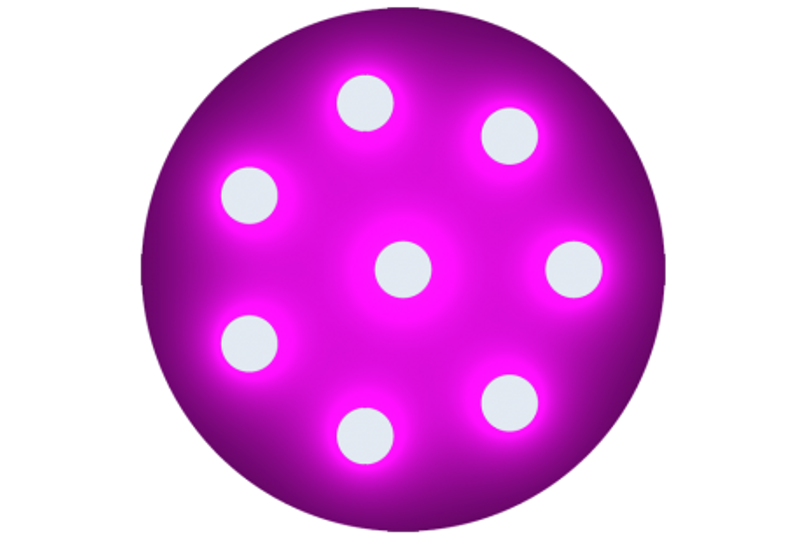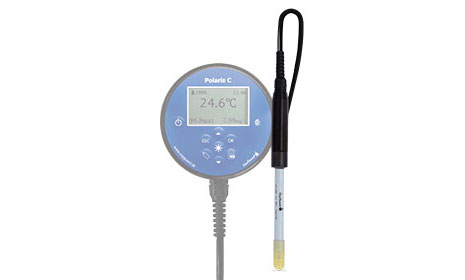Ultraviolet radiation
The growing environmental awareness setting standards regarding water quality and enhancing the water re-use, had lead UV treatment to rapidly become a "must" treatment on several water streams.
The UV light can be considered as electromagnetic radiation with a wavelength ranging from 10 to 400 nm. Ultraviolet irradiation (UVC) is an efficient water disenfectant due to its ability to deactivate or kill waterborne pathogens up to 99.99%, by changing the DNA, thus the cell division of the microorganism is interrupted - it can no longer reproduce itself and therefore loses its pathogenic effect. UV light is effective against bacteria (e.g. Clostridium) and viruses, however, it was recently investigated that UV is also effective against Cryptosporidium and Giardia, both as microorganisms and as their modifiec cells which are resistant to chlorine.
The installation of a UV system should be immediately after filters, ozone addition or other partical removal applications since then, the clarity (UVT) of water is at its maximum. Additionally, a UV system is usually built in prior to chemical addition since in most cases, residual disinfection is needed.
Ultraviolet light is commonly applied as a secondary process in drinking water applications, secondarily treated effluent from water treatment plants, aquaculture, swimming pool water facilities. UV-based treatments accomplish efficient and rapid cleaning of the water without leaving any residual disinfectant behind.


UV transmittance (UVT)
Transmission of UV-light at 254nm is widely used in both clean and wastewater applications (APHA, 2012). Water transparency is commonly used as an indicator of general water quality and is described by UVA, which represents the amount of light absorbed by particles within a sample. The removal of carbon-based compounds (e.g. NVOC, COD and fluorescent organic matter) results in visually cleaner water. UVT is used to define water clarity.
Water clarity was determined in terms of UVA, and/or UV transmittance (UVT%), measuring directly the absorbance of water samples at 254nm using a 10mm quartz cuvette.
Equation 1
UVA = A254nm = -Log(l/l0)
Equation 2
%UVT = 100x10-UVA
Where l = light intensity at the detector (light out) and l0 = intensity of the light incident before the sample (light in).
Typical UVT values and recommended UV doses for several water treatment applications.
NOTE: The required UV dose for each facility will differentiate depending on the water matrix and the established water treatment technology.
|
TYPICAL APPLICATION |
TYPICAL UVT % |
NORMAL REQUIRED DOSE |
|
Drinking Water |
90% - 95% |
40 mJ/cm2 Average |
|
Waste Water |
50% - 80% |
20 - 30 mJ/cm2 Average |
|
Swimming Pools |
95% |
60 mJ/cm2 Average |
|
Aquaculture |
75% - 95% |
40 - 320 mJ/cm2 Average |



Disinfection by-products in swimming pools
R&D: Formation of disinfection by-products (DBPs) in swimming pools is a known health concem. Due to its efficiency against pathogens ...
Read more